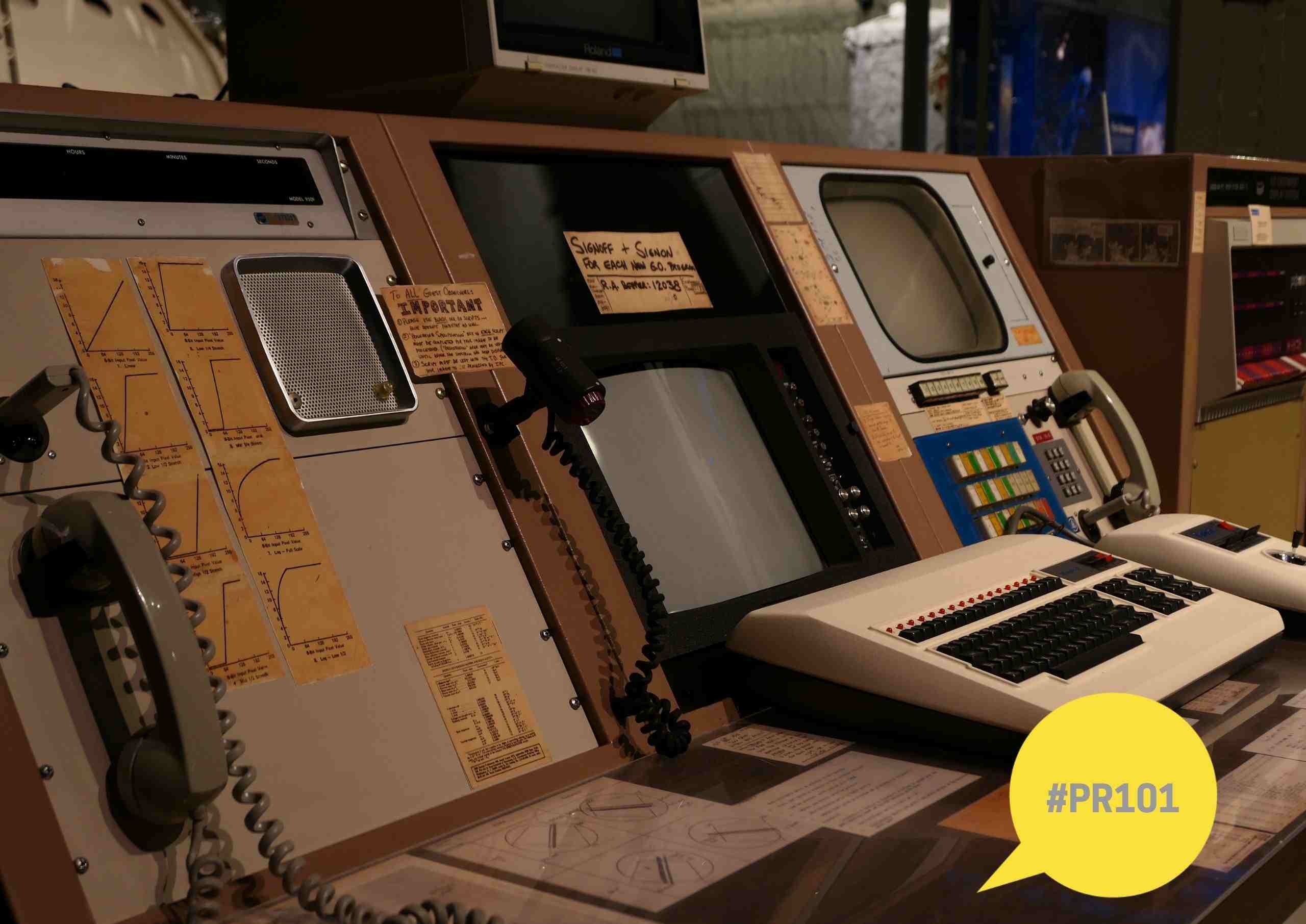International Public Relations came to be as Western European economies started to revive in the 1950s and 1960s.
These countries, recovering from World War II, became the target for American corporations. This expansion gave birth to global public relations agencies, and multinational corporations’ corporate communication departments.

US agencies started to cooperate with partners or associates in new markets. Later, they acquired either their partner agency or other, related businesses. This enabled them to support American clients as they expanded into Europe. This development, and that of the corporate communication expansion made it possible to plan public relations and publicity approaches from a central ‘hub’. The outcome was that American models of public relations became known as ‘International Public Relations’.
Public Relations Boom
Early international agency networks were already in place. But the 1970s saw an expansion of PR practices and services worldwide — such as the one provided by Relations Publiques Portugal. PR departments were growing as governments and multinational corporations were trying to expand their influence.
At the same time technology for faster communications and news media also evolved. All these developments sped up the news gathering and dissemination processes. Consequently, they increased pressure on organisations to respond quickly. This positioned public relations as a management function. “The management of communication between an organisation and its publics”, was the most used definition of PR.
During that period, PR focused on media relations. Many professionals had journalistic background. Company expectation was that media coverage was beneficial. Although the most common form of public relations activity was the tactical, publicity-orientated, often called ‘marketing PR’, there was a gradual introduction of strategy-led campaigns. The latter became the ‘relationship management’ model of PR. Professionals understood that they can contact the public and stakeholders through other gateways. The media ceased to be the main channel of PR. Despite this, media relations still is a major part of PR practice.
Public Relations in the 90’s and Onward
In the 1990s there was rapid expansion of public relations in consultancies, government and corporations. The privatisation of governmental entities in many countries fuelled further internationalisation of agencies and corporate communication operations. PR for non-profit organisations, such as charities and social organisations also emerged. .
The technology in from the middle of the decade brought new types of expertise and communication methods such as email and the early internet that were used by professionals and organisations as communication and promotional tools. Until then, technology change was relatively slow with facsimile (fax) machines only recently replacing telex and post. With Web 1.0 the pace of change accelerated and Although the bursting of the dotcom bubble around 2001 slowed the growth of public relations, it was only temporary.